A nanoscopic ‘”resonator”‘ that could form the building blocks forof the logic gates inside an electromechanical computer has been developed by US researchers.
Sotiris Masmanidis at the California Institute of Technology in Pasadena and colleagues suggest that computers constructed from nanoscale electromechanical components could be more efficient and robust than purely electronic computers.
The resonator consists of a piece of gallium arsenide crystal 4 micrometres long, 0.8 micrometres wide and 0.2 micrometres deep, attached to a base. One side of the crystal “beam” is doped to provide extra electrons, while the other is doped so that it lacks them. When an alternating current (AC) voltage is applied across the post, an electric field is formed across the centre of the bar. A piezoelectric effect then kicks in, causing the gallium arsenide crystal to deform. If the AC voltage has the right frequency, the bar will resonate, vibrating like a metal bar after being struck.
Read the article at New Scientist













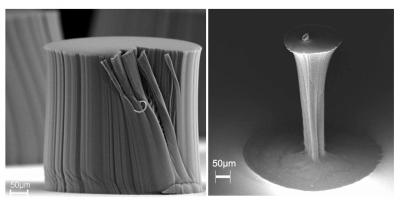
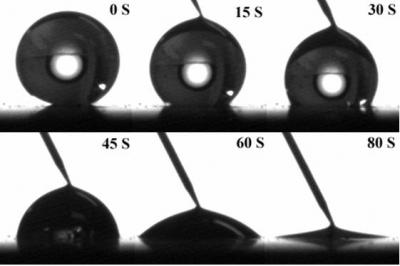
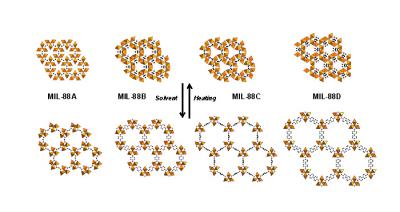
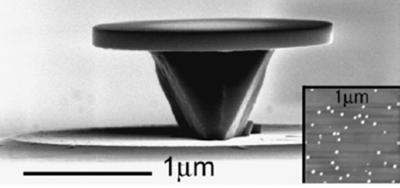
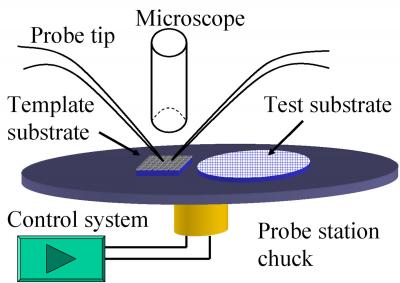













Ideologies and nanotechnology
Richard Jones of the Soft Machines blog ponders about the nanotech ideology:
“There are many debates about nanotechnology; what it is, what it will make possible, and what its dangers might be. On one level these may seem to be very technical in nature. So a question about whether a Drexler style assembler is technically feasible can rapidly descend into details of surface chemistry, while issues about the possible toxicity of carbon nanotubes turn on the procedures for reliable toxicological screening. But it’s at least arguable that the focus on the technical obscures the real causes of the arguments, which are actually based on clashes of ideology. We supposedly live in a non-ideological age, so what are the ideological divisions that underly debates about nanotechnology?”
Read his ideological positions on nanotech here
Leave a comment
Posted in *Comments, nanotech, nanotechnology